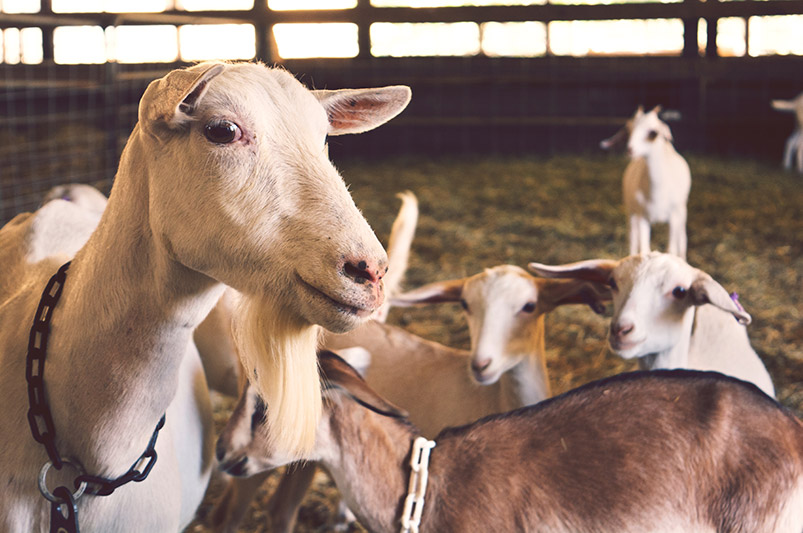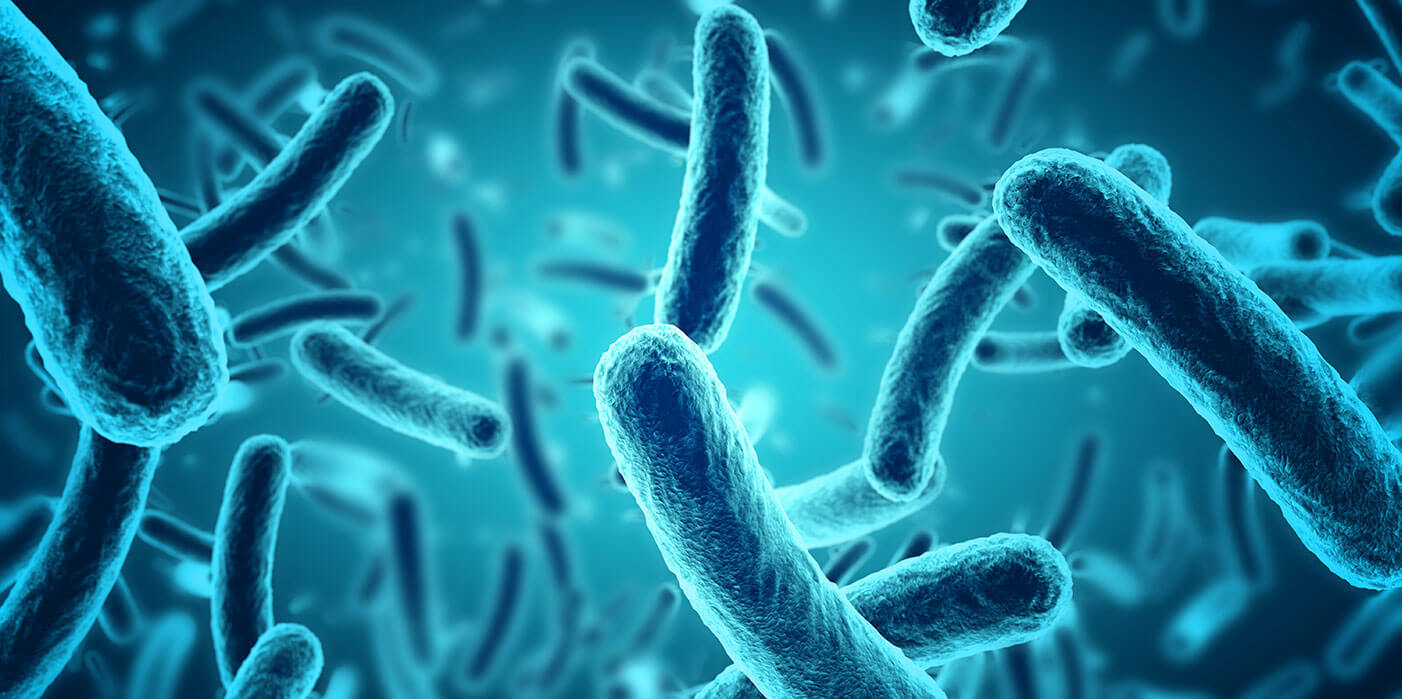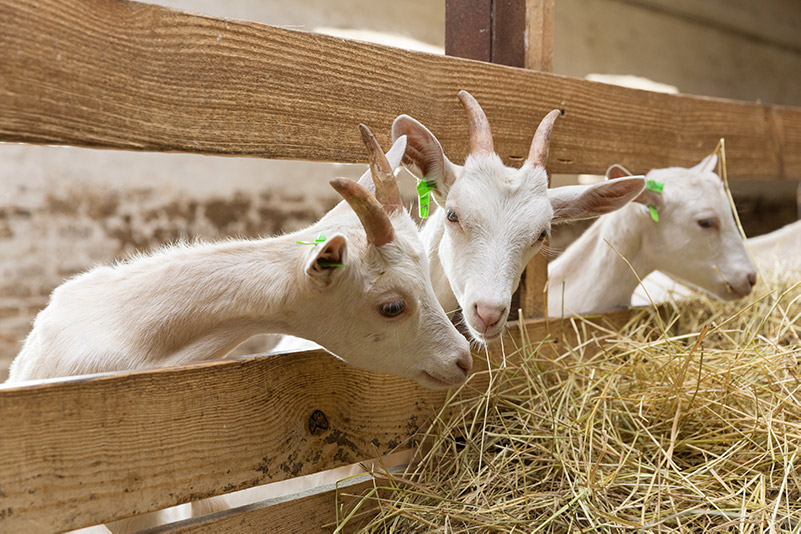Section 3 | Tackling Clinical Mastitis in Dairy Animals
Industry
Page 12 /
Determining the Cause of Mastitis
It is not possible to determine the cause of mastitis based solely on the appearance of the milk, mammary gland, or the animal. An aseptically collected milk sample needs to be submitted to a laboratory to identify the bacterial agent.
More specific identification of the offending bacteria will also allow for a more targeted treatment approach and more prudent use of antimicrobial therapies available to us.

Source: ACER Consulting Ltd.
What Does Aseptic Mean and How Do I Collect an Aseptic Sample?
Aseptic milk sample collection means that the sample is collected without contamination from the animal’s skin, udder, and teats, as well as the hands of the sampler. Contamination from these sources could result in misdiagnosis leading us to use inappropriate treatments.
To collect an aseptic sample, you will need:
- Sterile milk collection container (ask your veterinarian)
- Cotton balls soaked in 70% isopropyl alcohol
- Pre-milking disinfectant for cleaning teats
- Paper towel or individual cloth
- Gloves

The following is an example of a procedure that could be followed to collect an aseptic sample:
- Label milk vials prior to collection with date, farm, animal ID, and udder half (or if it is a composite sample from both halves)
- Brush loose dirt, bedding, and manure from udder and teats
- Dip quarters with pre-milking disinfectant
- Dry teats using an individual towel
- Scrub teat ends with cotton balls swabs until no more dirt appears on end of swab
- Strip a few streams of milk from the teat
- While keeping the sterile milk collection container at a 45 degree angle, strip milk into the container
- Close cap and store in the refrigerator or freeze if sample will be submitted more than 24 hours after collection
View this video for step-by-step instructions on how to properly collect an aseptic milk sample from a goat:
Sterile Milk Sample Collection on a Goat
Why is it Important to Determine the Cause?
Knowing the cause of mastitis can help to guide the appropriate treatment. It can also help you target the best preventative practices to control mastitis on your farm. This will reduce the development of antimicrobial resistance, and preserve the antimicrobial medications we have available to us for future use.

Pathogens
There are many pathogens (agents like bacteria, fungi, or algae that cause disease) that can be identified when sending milk samples to a laboratory for culture. The most common cause of mastitis in sheep and goats is Staphylococcus spp., including S. aureus and coagulase-negative Staphylococci. Others that can play a role include Mannheimia haemolytica, coliform (fecal) bacteria such as E. coli, and environmental Streptococcus spp. Your veterinarian can help you to interpret culture results. They can also help in developing tailored prevention and control strategies for your farm and the pathogens that you are seeing.
For more information on the different agents, such as Gram Positive Bacteria as well as Gram Negative Bacteria & Other Pathogens that can cause mastitis, visit our Antimicrobial Stewardship in the Ontario Dairy Industry FAAST Review. While this information pertains specifically to mastitis in cattle, the information about mastitis pathogens can be applied here.

References
- Contreras, A., D. Sierra, A. Sanchez, J.C. Corrales, J.C. Marco, M.J. Paape, and C. Gonzalo. 2007. Mastitis in small ruminants. Small Ruminant Research. 68:145-153.
- Olechnowicz, J., J.M. Jaskowski. 2014. Mastitis in small ruminants. Med Weter. 70.